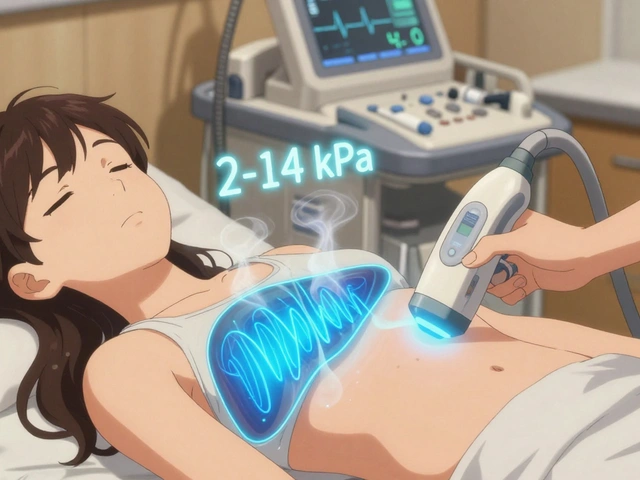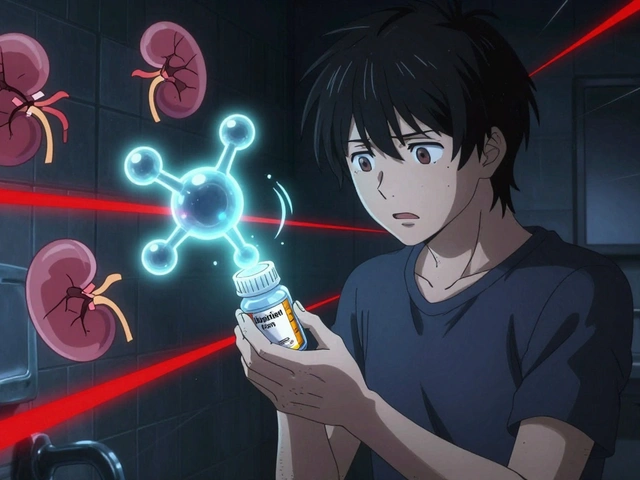Corticosteroid Safety: What You Need to Know About Risks and Proper Use
When doctors prescribe corticosteroids, a class of powerful anti-inflammatory drugs that mimic natural hormones in your body. Also known as steroids, they help calm severe inflammation in conditions like asthma, rheumatoid arthritis, and eczema. But using them isn’t as simple as popping a pill. Corticosteroids can save lives — but they can also cause serious harm if used too long or the wrong way.
The biggest issue? Your body starts to rely on them. When you take corticosteroids for more than a few weeks, your adrenal glands slow down or even stop making their own cortisol. That’s why stopping suddenly can trigger adrenal crisis — low blood pressure, vomiting, confusion, and worse. That’s not a myth. It’s a documented risk backed by clinical guidelines. And it’s why tapering off isn’t optional — it’s mandatory. Even if you feel fine, your body isn’t ready.
Long-term use brings more problems: bone thinning, weight gain, high blood sugar, cataracts, mood swings, and weakened immunity. These aren’t rare side effects — they’re common. One study showed that over 50% of people on daily steroids for more than 3 months developed osteoporosis. That’s why doctors now push for the lowest possible dose for the shortest time. And when they can, they switch to targeted versions — like inhaled steroids for asthma or topical creams for skin conditions — to avoid flooding your whole system.
Not everyone reacts the same. Older adults, diabetics, and people with glaucoma or a history of ulcers need extra caution. Some drugs — like NSAIDs or anticoagulants — can make steroid side effects worse. That’s why your pharmacist should always know what else you’re taking. And if you’re on steroids for more than a month, you need regular checkups: bone scans, blood sugar tests, eye exams. No sugarcoating — this isn’t a set-it-and-forget-it medication.
There are alternatives, too. For autoimmune diseases, biologics and DMARDs are now first-line choices because they don’t wreck your bones or metabolism. For skin rashes, non-steroid creams like calcineurin inhibitors work just as well with far less risk. And for flare-ups, short bursts of steroids — not daily use — are often enough. The goal isn’t to avoid steroids completely. It’s to use them smartly.
Below, you’ll find real-world guides on how corticosteroids are used — and misused — across different conditions. From budesonide for Crohn’s to how to safely get off long-term treatment, these posts give you the facts you won’t get from a quick Google search. No fluff. No marketing. Just what works, what doesn’t, and what your doctor might not have time to explain.

Mometasone and Drug Interactions: What You Need to Know
Mometasone is safe for most people, but certain drugs like antifungals, HIV meds, and grapefruit juice can increase steroid levels and cause serious side effects. Know the risks and how to stay safe.
Continue Reading



